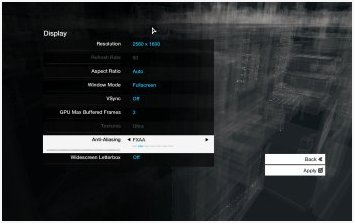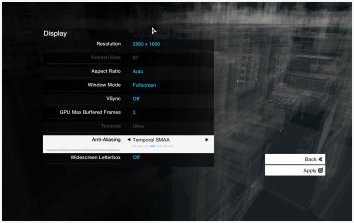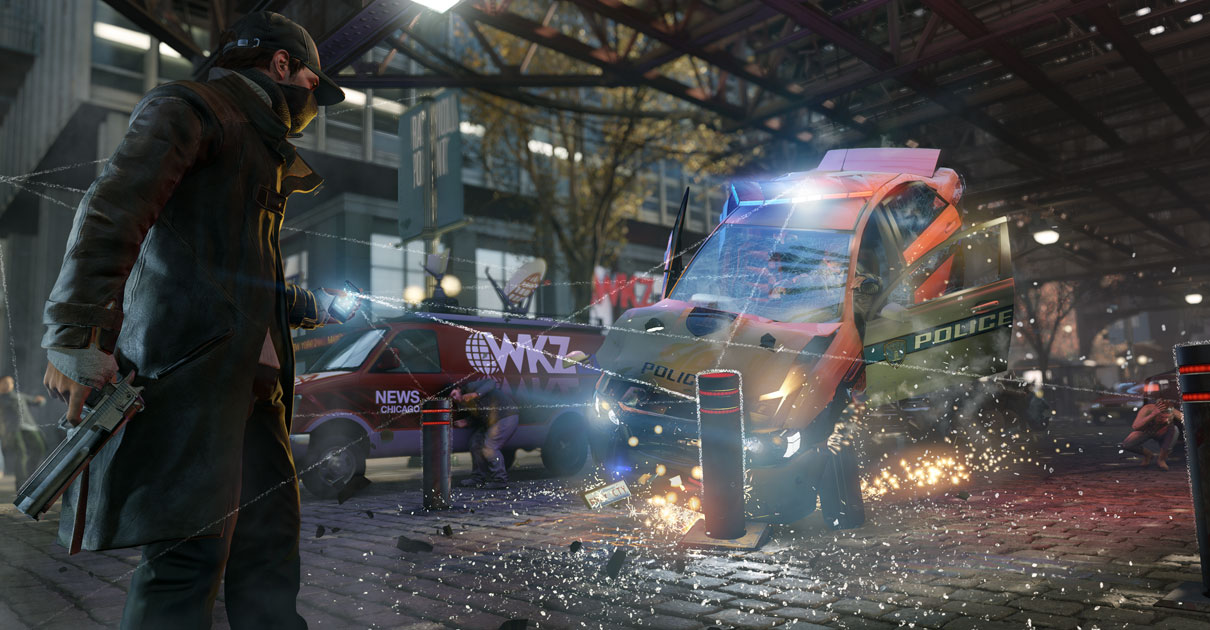Set in an alternate reality techno-dystopian Chicago, Watch Dogs hit every gamer's holiday wishlist after appearing at E3 2012. The open world hackfest wowed onlookers with its urban stealth action and its seemingly 'next-gen' graphics. Unfortunately, a month before its November 2013 release the game was delayed for another six months – the short-term blowout of which caused Ubisoft's stock to drop some 40%.
Being a long-term company with a long-term vision, Ubisoft says Watch Dogs is a long-term play and so it was postponed because it simply wasn't ready. That's commendable considering how often games are released in an unfinished state just to meet deadlines and make sales. Battlefield 4, for example, was among the buggiest blockbusters to ship in recent memory yet it grossed well over $200 million dollars last year.
Making a bad first impression wouldn't have been the smartest way to begin a new franchise, especially when the alternative is having fans wait two quarters. However, with that extra development time and nearly two years having passed since the game was unveiled, many people are wondering if Watch Dogs can live up to the hype.
Developed by Ubisoft Montreal, the same group behind Assassins Creed, Watch Dogs has been built by the studio's new 'Disrupt' engine, which was mostly constructed from scratch but includes parts of AnvilNext and Dunia, two Ubisoft engines used in the Assassin's Creed series as well as Far Cry 2 and 3. Specifically, Disrupt's open world city management comes from AnvilNext while its vegetation and AI are from Dunia.
There was a lot of controversy surrounding Watch Dog's graphics approaching its launch but it appears to have been based on a few videos, not firsthand gameplay. Some gamers believe Watch Dogs looked better back in the 2012 E3 trailer versus more recent gameplay trailers or the graphics seen in the beta, but the former used console gameplay instead of PC and the latter was downgraded to reduce the size of the download.
Whatever the case is or was, the game looks amazing when set to ultra on the PC. The visuals are spectacular and I found myself often being drawn away from the gameplay to admire how great it all looked. Before we dive in, it's worth noting that we're also taking this opportunity to look at the latest round of R9 200 series cards from HIS, which are factory-overclocked and outfitted with the company's custom coolers.
Testing Methodology
For testing, we settled at the first save point once Aiden Pearce reaches his hide out and takes a well-deserved nap. Wakened from his slumber, he surveys the area around the hideout for criminals. We started the benchmark when we opened the door to leave.
The first half of the benchmark is a rendered scene where the perimeter of the hideout is viewed from fixed cameras and then we take a 45-second walk before the test ends at 90 seconds.
We used Fraps to record the average frame rate and the game was tested at three resolutions (1680x1050, 1920x1200 and 2560x1600) and two quality settings (Ultra with Temporal SMAA and High with FXAA) across 31 different graphics cards and 20 processors. The latest AMD and Nvidia GPU drivers were used in all tests.
 |
 |
 |
 |
Test System Specs
- Intel Core i7-4770K (3.50GHz)
- x2 4GB Crucial DDR3-2400 (CAS 11-13-13-28)
- Asrock Z97 Extreme6 (Intel Z97)
- Silverstone Strider Series (700w)
- Samsung SSD 840 Pro 512GB (SATA 6Gb/s)
- HIS R9 290X iPower IceQ X² Turbo 4GB
- Gigabyte Radeon HD 290X (4096MB)
- HIS R9 290 iPower IceQ X² OC 4GB
- Gigabyte Radeon HD 290 (4096MB)
- HIS Radeon HD 7990 (6144MB)
- HIS Radeon HD 7970 GHz (3072MB) Crossfire
- HIS R9 280 IceQ X² OC 3GB
- HIS Radeon HD 280X (3072MB)
- HIS R7 260X iCooler 2GB
- HIS R7 250X iCooler 1GB
- HIS Radeon HD 7970 GHz (3072MB)
- HIS Radeon HD 7970 (3072MB)
- HIS Radeon HD 7950 Boost (3072MB)
- HIS Radeon HD 7950 (3072MB)
- HIS Radeon HD 7870 (2048MB)
- HIS Radeon HD 7850 (2048MB)
- HIS Radeon HD 7770 (1024MB)
- HIS Radeon HD 6970 (2048MB)
- Gigabyte GeForce GTX Titan (6144MB)
- Palit GeForce GTX 780 Ti JetStream (3072MB)
- Gigabyte GeForce GTX 780 Ti (3072MB)
- Gainward GeForce GTX 780 (3072MB)
- Gainward GeForce GTX 770 (2048MB)
- Gainward GeForce GTX 690 (4096MB)
- Gainward GeForce GTX 680 (2048MB)
- Gigabyte GeForce GTX 660 Ti (2048MB)
- Gigabyte GeForce GTX 660 (2048MB)
- Gigabyte GeForce GTX 650 Ti (2048MB)
- Gigabyte GeForce GTX 580 (1536MB)
- Gigabyte GeForce GTX 560 Ti (1024MB)
- Gigabyte GeForce GTX 480 (1536MB)
- Microsoft Windows 8.1 Pro 64-bit
- Nvidia GeForce 337.50
- AMD Catalyst 14.4

